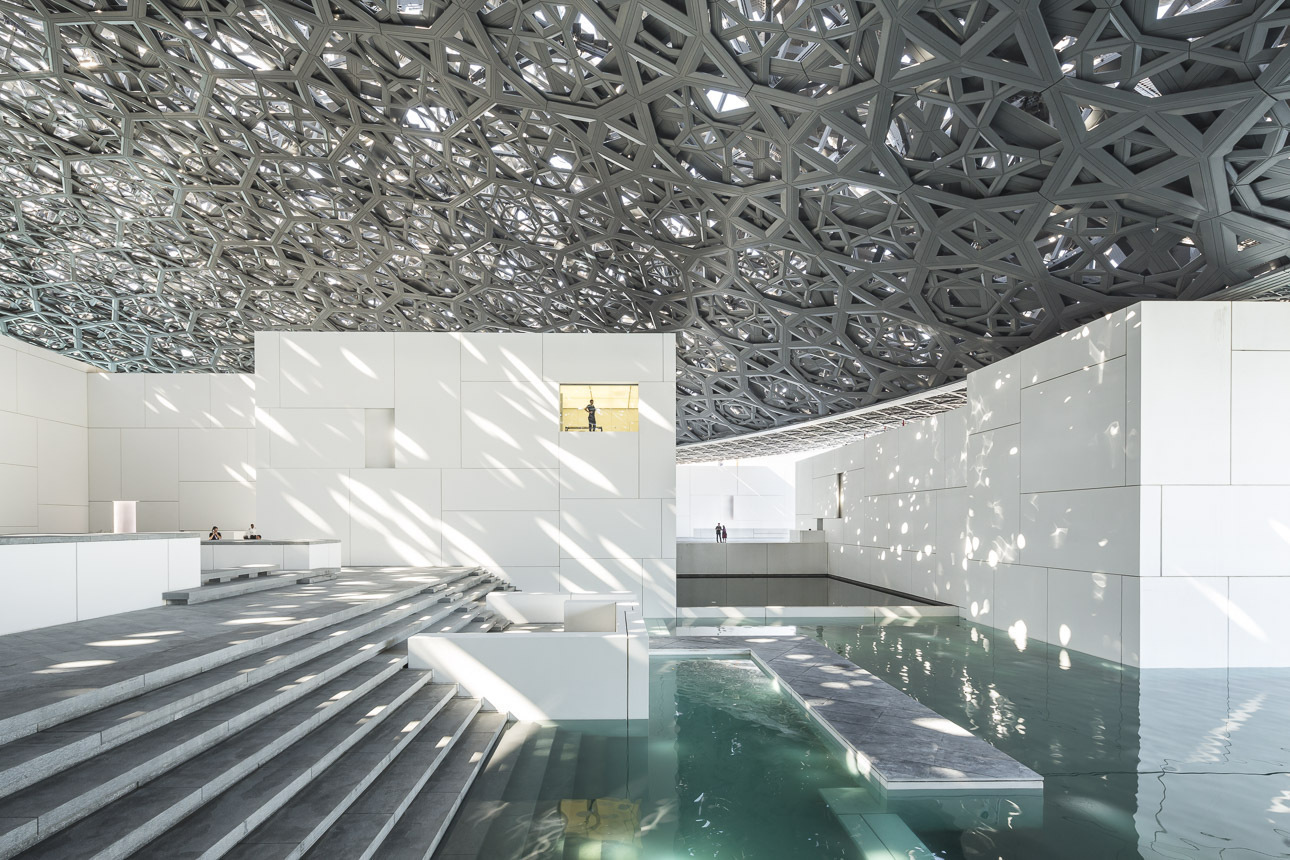Water in Interior Design: 18 Projects that Include Water Fixtures in their Spaces
Architecture has always had a complementary – occasionally codependent – relationship with water. The Roman Domus, the Baths of Diocletian and Caracalla in Rome, and Villa Adriana in Tivoli are some prominent historical examples of how water influenced the design of compositional architecture. In a more modern context, Frank Llyod Wright designed a residential retreat in which water is its protagonist, redefining the relationship between man, architecture, and nature. Nowadays, as architects shifts their focus towards a more contextual, sustainable, and user-oriented practice, the use of water in architecture has become indisputable; cooling interior spaces, providing natural air conditioning when combined with plants, exuding a sense of tranquility, and serving as an organic decorative element.
Much like every natural resource, water is vital for the survival of living things. Throughout history, civilizations all over the world have built their settlements in proximity to rivers, canals, and coasts, and have been relying on them to perform their activities, whether it be agriculture, trade, or nourishment. The closer these civilizations were to water, the more they flourished. Along with its importance as a source of life and prosperity, water was also a prominent decorative element. Residential interiors, palaces, and piazzas were enlivened and connected to the outdoors by integrating streams and fountains in their floor plans and gardens. India for instance, a country in which water was both sacred and a vital decorative element, was one of the countries which created refined water management systems that influenced hydrology for generations to come. Eventually, water became an essential architecture and landscape feature, possessing thermal, economical, decorative, and physical benefits. And with the continuous progression of technology and the scarcity of water in some countries, architects have taken the responsibility of balancing this relationship between people’s consumption and natural resources.
 Picture: Luc Boegly & Sergio Grazia
Picture: Luc Boegly & Sergio Grazia
Comments :